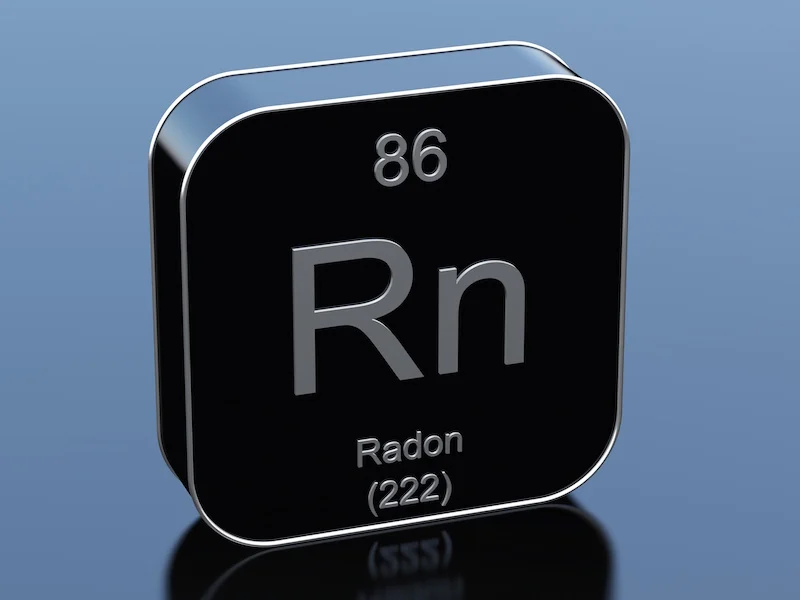In which place do you spend most of your time? In your home, of course. It’s the place where you experience security, shelter, and safety. You’ll be surprised to find out that housing isn’t always a synonym for health. Risks to wellbeing can occur in any home by way of environmental factors like hazardous substances or poor energy efficiency. The place where you live is the key to your health, just as nutrition and exercise are. You should make your home a healthy environment to live in. in this article, you won’t learn how to make your home a heaven upon the Earth, but how to make it more healthier.
Invest In an Air Purifier

You can’t possibly be healthy in your own home if you don’t breathe healthy air. There are many pollutants in the indoor air. Common contaminants include dust, pollen, building materials, tobacco smoke, germs, and viruses. It’s worse than staying outside. Thousands of people become sick from poor indoor air quality. If you don’t want that to happen to you or your family, then you should better get an air purifier. An air purifier is a neat device that eliminates contaminants from the air. Some of them are designed to get rid of some of the pollution, while other air purifiers are able to do a great job. What you need to do is invest in a state-of-the-art air cleaner. The device you choose needs to have an EPA filter and provide enough protection.
Declare War on Dust
Finding dust in your home isn’t uncommon. Dust is common, even in clean homes. According to a study that was conducted between 2007 and 2010, virtually all houses in Canada had measurable concentrations of dust. And lead, but that’s another story. The dust comes from small flakes of skin and fabric fibres. Regardless of how clean your home is, there will still be a few dust bunnies. This doesn’t mean that you haven’t been doing a good job. You’ve done your best to prevent the pollutants from penetrating your home, but sometimes that is not enough.

Why should I be worried about dust mites, anyway? If you’re asking this question, then you don’t know just how dangerous these bugs are. Dust bunnies lurk around in unseen places, causing serious trouble. You can develop allergies, having manifestations of cough, fever, eczema, and nasal congestion. These aren’t symptoms of the common cold. If the pests don’t bother you, they will certainly affect your kids. Children are much more sensitive and prolonged exposure to dust mites can lead to allergies and even asthma.
Getting rid of dust bunnies is difficult, but not impossible. You can start with vacuuming the walls and ceilings. As surprising as it may seem, they dust mites can stick onto these surfaces, so they may not necessarily be in the air. Wall and ceiling surfaces can also accommodate cobwebs. When you spruce up the home, make sure to vacuum deeply. Equally important is to remove the impurities from vents. If they are dirty, then they will not be pumping clean air in your home. Since you can never be too careful, it is a good idea to clean the vents with a soft cleaning machine. There are vacuums available for ventilation ducts.
Add Insulation to the Home
Experts agree with the fact that the vast majority of homes in Canada don’t have sufficient insulation. Why is this important? You may ask. Because it gets cold overnight and there is a lot of mold. Do you have a problem in your home? The home may very well be infested. The reason why you missed it is that mold isn’t always evident. Sometimes, you just notice a strange smell. Other times, you see gray spots. Adding insulation to the home is what you need to do. You should begin with the attic. Air rises from the low levels of the home and goes up through the attic. This translates into the fact that mold spores rarely become an issue.
Mold spores may not be an issue, at least not for the time being. What you don’t know is that the fungus can spread throughout the house. Oh, and it can affect the structure of the roof. You aren’t an expert, so it’s recommendable to hire people who do attic insulation in Toronto. The mold problem can be solved and they know how to do it. When it comes to a home improvement project of this kind, the most common types of insulation used are blown-in cellulose and blown-in fiberglass. The professionals will do such a good job that you will never have issue with fluctuating temperatures or mold ever again.
Test For and Get Rid Of Radon

When it comes to Canadian homes, radon has always been a problem. Radon is basically a radioactive gas that occurs naturally when rocks or soil breaks down. Health effects include but aren’t limited to lung cancer, respiratory illnesses, and genotoxic effects. Radon is the fact that it’s odorless and colorless. So, it’s possible that it’s sitting right under your nose. Approximately 6% of Canadians have reported high concentrations of gas in their homes. You won’t know for sure if you’re exposed or not until you do a test. If the result is positive, then you need to get rid of the radon. There are ways to do this, like active soil depressurization.
You can test your home for radon or you can let a professional do it. There are kits nowadays that let you determine if the levels are too high. An acceptable level is less than 4.0 (pCi/L). should the level be higher, then you need to get the gas out of your home. It’s better to book an inspection. The results are much more reliable, not to mention that you can minimize the time spent in dangerous areas. When the human body is exposed to radon, it’s exposed to something very harmful. Unfortunately, there are no radon exposure symptoms. You don’t want damage to your DNA molecules, so let the professionals do their job.








